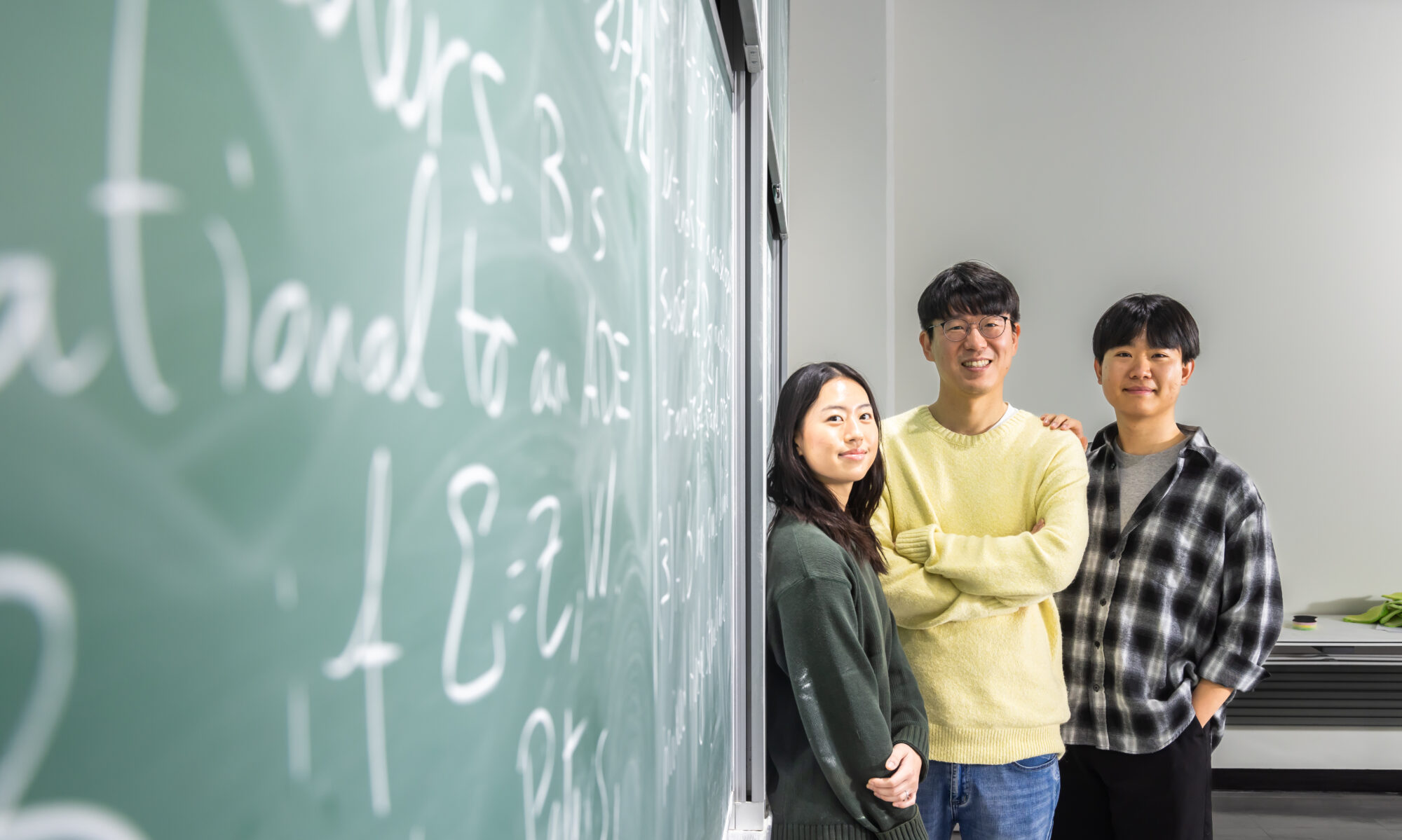We will discuss about "Neural Ordinary Differential Equations", Chen, Ricky TQ, et al., Advances in neural information processing systems 31 (2018). Abstract: We introduce a new family of deep neural network models. Instead of specifying a discrete sequence of hidden layers, we parameterize the derivative of the hidden state using a neural network. The output …
Seminar
Calendar of Events
|
Sunday
|
Monday
|
Tuesday
|
Wednesday
|
Thursday
|
Friday
|
Saturday
|
|---|---|---|---|---|---|---|
|
0 events,
|
0 events,
|
0 events,
|
0 events,
|
0 events,
|
1 event,
-
|
0 events,
|
|
0 events,
|
0 events,
|
0 events,
|
0 events,
|
0 events,
|
1 event,
-
We will discuss about "Molecular convolutional neural networks with DNA regulatory circuits", Pei, Hao, et al., Nature Machine Intelligence (2022): 1-11. Abstract: Complex biomolecular circuits enabled cells with intelligent behaviour to survive before neural brains evolved. Since DNA computing was first demonstrated in the mid-1990s, synthetic DNA circuits in liquid phase have been developed as … |
0 events,
|
|
0 events,
|
0 events,
|
1 event,
-
This talk will be given online (If you want to join, please send me an email to jaekkim@ibs.re.kr) Abstract Coupling Math with User-Centric Design Shift workers experience profound circadian disruption due to the nature of their work, which often has them on-the-clock at times when their internal clock is sending a strong, sleep-promoting signal. Mathematical … |
0 events,
|
0 events,
|
0 events,
|
0 events,
|
|
0 events,
|
0 events,
|
0 events,
|
0 events,
|
0 events,
|
1 event,
-
We will discuss about "Inferring Regulatory Networks from Expression Data Using Tree-Based Methods," Huynh-Thu et al., PLoS ONE (2010). Abstract: One of the pressing open problems of computational systems biology is the elucidation of the topology of genetic regulatory networks (GRNs) using high throughput genomic data, in particular microarray gene expression data. The Dialogue for … |
0 events,
|
|
0 events,
|
0 events,
|
0 events,
|
0 events,
|
0 events,
|
2 events,
-

Abstract: The activation of Ras depends upon the translocation of its guanine nucleotide exchange factor, Sos, to the plasma membrane. Moreover, artificially inducing Sos to translocate to the plasma membrane is sufficient to bring about Ras activation and activation of Ras’s targets. There are many other examples of signaling proteins that must translocate to the …
-
We will discuss about "Hidden Markov models for monitoring circadian rhythmicity in telemetric activity data", Huang, Qi, Journal of The Royal Society Interface 15.139 (2018): 20170885. Abstract: Wearable computing devices allow collection of densely sampled real-time information on movement enabling researchers and medical experts to obtain objective and non-obtrusive records of actual activity of a … |
0 events,
|

